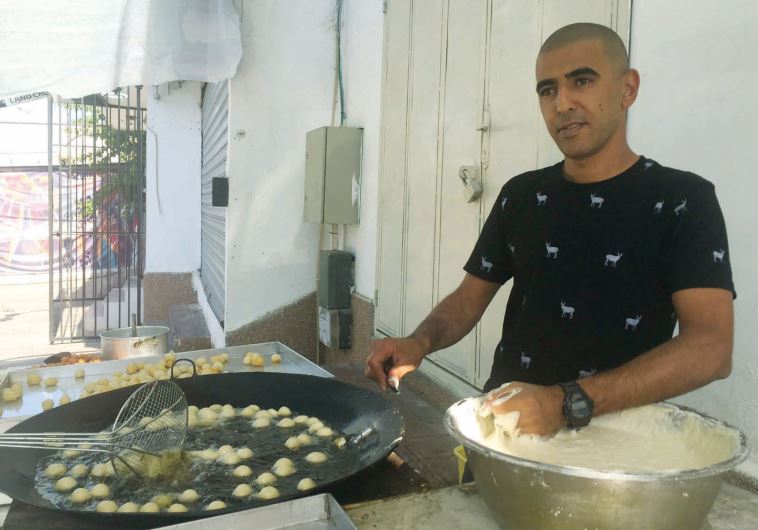From fasting to feasting
Tours of Arab towns and villages that come to life as the sun sets during Ramadan.
 Delicious fried treats to celebrate the end of the fast each day(photo credit: MEITAL SHARABI)ByMEITAL SHARABI, TRANSLATEDHANNAH HOCHNERRead More
Delicious fried treats to celebrate the end of the fast each day(photo credit: MEITAL SHARABI)ByMEITAL SHARABI, TRANSLATEDHANNAH HOCHNERRead More